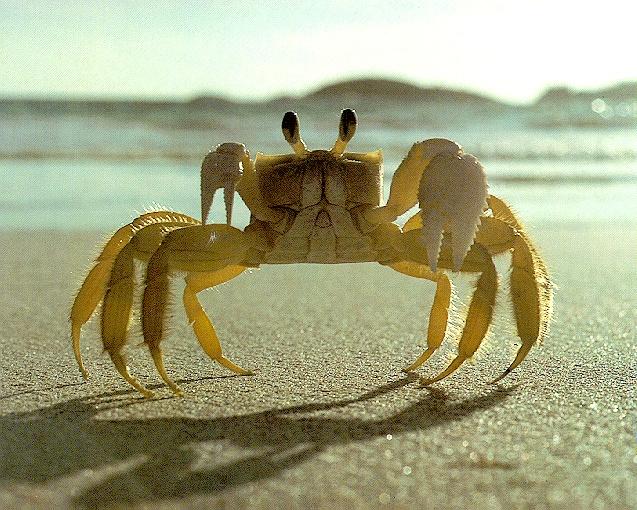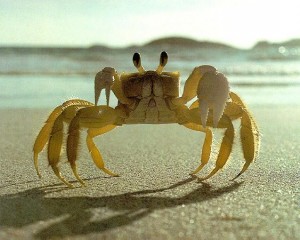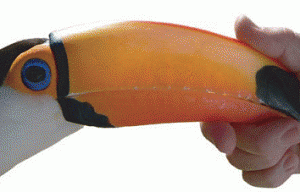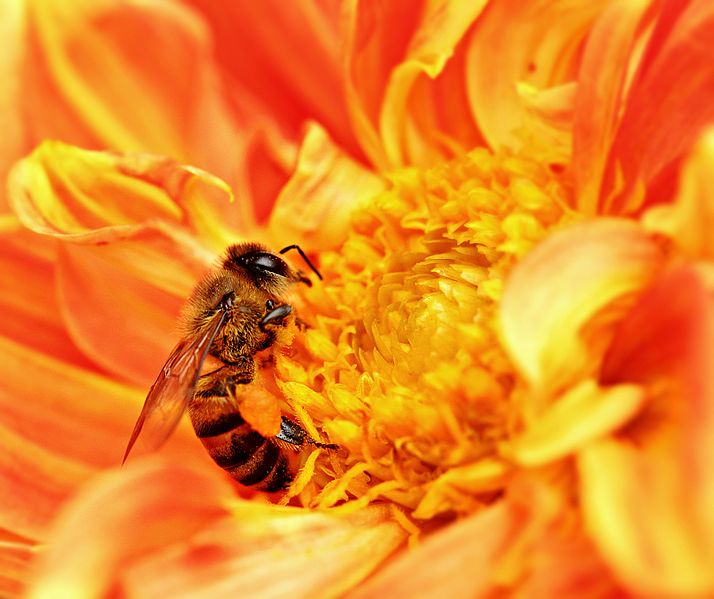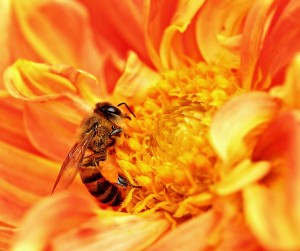Following the excellent Botany/Zoology postgraduate symposium in TCD a couple of weeks ago, we had a discussion in NERD club about giving scientific presentations – what makes a good one, what makes a bad one and which were the best in the symposium? Actually, we didn’t do the last bit, and scarily I could remember very few talks a week after the event (“do you remember so and so’s slide about x y and z?” NO!!). So, either I am becoming old and forgetful (likely), or I wonder whether it’s some form of desensitisation? Every conference is full of short talks I listen to and think “that was interesting” and then immediately forget. How can we give presentations that won’t be forgotten, or at least will be remembered for all the right reasons? Below are some of the points we discussed as a group – not an exhaustive list, but the random ramblings of a few academics, postdocs and postgrads.
What are the things to avoid – what makes a bad talk?
- Speaker running over time (both their own fault for putting too much in, and the chair’s fault for not keeping time properly).
- Too much text on slides – undergrads love it if there’s plenty for them to copy down as the lecturer is speaking (or to learn off by heart from the powerpoint slides just before the exam), but telling a story without the distraction of a load of text is much better for a scientific talk.
- Too much content – need to stick to one (or two) key take-home messages, particularly if the talk is just one of many people will hear during the course of a conference.
- Too many graphs – especially ones that are too small to see properly, or that are irrelevant – if a speaker needs to say “ignore all the graphs on the slide except the one in the top right” then they haven’t done their job of tailoring their talk to their audience and just presenting the one on the top right.
- Jargon – even in a room full of eco-evo people, abbreviations and technical terms should be avoided (as should giving the name of a gene or biochemical pathway in the talk title – but we may be biased on this one!)
- Not knowing what is coming up on the next slide – comes from a lack of practice
- Colour-blind insensitive colour schemes – avoid red on green and other such indistinguishable schemes
- Reading out the acknowledgements – this led to a discussion of whether the acknowledgements should come at the beginning or the end of a talk. The problem with having them at the end is the audience is left looking at a list of funders, collaborators and helpers, rather than the key take home message. The problem with having them at the beginning is the audience wants the speaker to get on and talk about something interesting. We ended up deciding that for short conference style presentations, having them at the end was best, but perhaps not covering a whole slide so that the key message/awesome graph can still be on the last slide to give the audience something to think about whilst clapping. But for seminars or longer talks, acknowledging that the work was a group effort at the beginning was a nice thing to do. And funding agencies could just be acknowledged with a logo on the title slide.
- Bad chairing – ok, so that one’s not the speaker’s fault, but it is very annoying
And what makes a good talk?
- A good story or narrative – a good talk tells the story in such a way that you are drawn in, the approach is logical (and seemingly obvious and you’re left thinking “why has no-one done this before?”) and the findings interesting and digestable
- Targeting the scope and contents of the talk to the time slot – putting enough in, but not trying to include too much. Getting the balance right.
- Leading the audience through the presentation so that they don’t get lost – clear ideas and questions as slide titles rather than introduction/methods/results/conclusions.
- Being confident (but not cocky). Being enthusiastic. Being yourself, or doing a really good job at acting confident and enthusiastic.
- Making eye contact or scanning the room – not picking on one person to talk to as this can be intimidating for that member of the audience. If actually making eye contact can be distracting, then looking at people’s foreheads or just over their heads, so it looks like you are making eye contact.
- Spend time explaining graphs/figures – the audience gets lost if the graphs just flash up with no explanation – point out the trends or important parts, explain axes and colours if necessary (but don’t go on too long). Try not to just pull figures from papers/your thesis, redraw graphs to simplify them and make them clear so that they aid the audience in following your story, and don’t make things more complicated.
- Know your audience and target your talk to them.
- Humour – use with caution.
- Have the ability to give your talk without any powerpoint slides/prezi – there may be a power-cut and you just have to carry on.
- Practice your talk – practice the slide transitions so that you know what’s coming up next and how you’re going to link the slides.
There are heaps of resources out there which say more or less the same thing – I really like Jane Wilton et al.’s BES Bulletin article
And here’s Michael Alley’s “The craft of scientific presentations”
And here are some more (from a VERY brief google search)…
http://matt.might.net/articles/academic-presentation-tips/
http://www.cgd.ucar.edu/cms/agu/scientific_talk.html
http://www.cs.dartmouth.edu/farid/Hany_Farid/Tutorials/Entries/2011/6/2_How_to_give_a_good_talk.html
http://oikosjournal.files.wordpress.com/2011/06/talk-and-stats-tips.pdf
Author
Jane Stout: stoutj@tcd.ie
Photo credit
http://muratak.com/2011/11/24/5-ways-to-improve-your-pitches/




